TECH REVIEW – Steam Deck is a breakthrough portable gaming system – packing massive power into a convenient form factor that combines the world of PC gaming with a sleek, console-like user interface and delivers something that will eat up every second of your free time.
Steam Deck is probably the most surprising console I’ve used in a long time. When I finally got the invitation to buy one after half an hour, I paid the price and was a little nervous initially. Had I just bought something I would never use, or will it perform poorly?
Well, I reassure you and tell you that not only will you use it, but it will consume your life.
Steam Deck price and configuration
The Steam Deck is available in three configurations, with 64GB of eMMC storage for $399, expandable to 256GB NVMe SSD for $529, or maxed out with a 512GB “high-speed” NVMe SSD for $649.
There are other differences. For example, the display’s glass is reflective and glitters uselessly in sunlight on the lower-end models, while the top-end system has anti-glare etched glass. All come with a premium carrying case, but there are differences in materials and colours between entry, mid-range and high-end models.
The model I got in the Q3 delivery window is the 512GB model, and if I’m honest, it’s worth getting. I’ve read articles about how eMMC storage dramatically slows down load times, and high-speed microSD cards are so expensive these days that the difference between the price of the basic and 512 GB unit is not much more than buying a separate microSD card of that size.
Design of the Steam Deck
If you compare the ergonomics of the Steam Deck to the Nintendo Switch, Valve’s machine might not seem so elegant at first. The aesthetics are rather large and responsible with its utilitarian top edge and fine lines, but when it’s in your hand, trust me, it’s very sexy.
The ergonomics make it a console that slips effortlessly into your hand’s natural grip. Nothing’s too far away for your fingers and thumbs; vents and fans are strategically placed so they don’t overheat your hands, and the weight is evenly distributed, so it doesn’t feel unbalanced.
There’s a recessed microSD card slot at the bottom, a USB-C charging port, and a 3.5mm headphone jack at the top. This does two things: it avoids the potential danger of bumping your fingers, and you can prop it up on the desk without disturbing the charging port on the bottom (unlike the Nintendo Switch).
In terms of details, the Steam Deck measures 11.7 x 4.6 x 1.9 inches and weighs 1.5 pounds. In real-world use, this weight can become a problem if you use the system for extended periods without a wrist rest, such as propped up on a table. Without this support, your forearm will start to hurt after about an hour of use.
But this design has an additional advantage, which is not related to use or aesthetics. Valve has taken its passion for consumer right to repair and applied it to the Steam Deck, as some of the screws are standard Philips Plus head, and access is provided with the utmost ease to upgrade internal parts or replace broken ones.
Steam Deck display + sound
The Steam Deck features a 7-inch, 1280×800 pixel IPS display with a 60 Hz refresh rate and 400 nits. For sound, you’ll find a 3.5mm headphone jack on top or stereo speakers under the front panel.
Of course, I would have liked to see a better quality panel in a world where the Nintendo Switch OLED and smartphones have a refresh rate much higher than the standard 60 Hz. However, I understand that this comes as part of a balance of strengths and trade-offs to keep the price from getting too out of hand.
And kudos to Valve. The display is bright enough for outdoor use (but be careful, as it’s not rated for water or dust resistance), the colours are bright enough, and the contrast ratio is as deep as you can get on an LCD.
In terms of sound, the small speakers are pleasant but not amazing quality, of course, but they’re fine for an average gaming session without headphones – just don’t disturb anyone else. Complex gameplay moments are handled without the slightest hint of distortion, such as the orchestral thunder of Peter Parker and Doc Ock’s final battle on the roof of Marvel’s Spider-Man skyscraper.
Steam Deck Control
Playing on Steam Deck is a great experience thanks to the robust, responsive and versatile control systems. First, there’s the traditional layout you’ll use most of the time.
The buttons are smooth and responsive without any smudging, the analogue triggers offer excellent sensitivity, your thumb fits nicely into the responsive joysticks, and the four additional assignable back buttons fit your grip.
In addition, these analogue sticks are touch-sensitive, which activates gyroscopic control. You won’t use this feature nearly as much as the buttons and sticks, but it’s helpful in FPS titles because it gives you even finer levels of tilt-based aiming.
Finally, the two 1 x 1-inch touch pads line the sides of the screen, just below the joysticks. At first, I was a bit worried about these – with the other standard methods shown, why would I want to use touchpads?
Well, first of all, they’re useful in desktop mode (more on that later), but what’s even more impressive is that they’re also valuable for more tactical genres, such as real-time strategy games or management simulators.
To sum it up: whatever game you’re playing, there are logical control options to make the most of them.
Steam Deck software
The Steam Deck software consists of the SteamOS user interface and the Linux-based desktop mode. Let’s start with the first chapter, which is (I’m not exaggerating) a much better console UI than most game consoles offer.
Everything is logically laid out, from the home screen to the menu screens, with plenty of features to tweak to your taste, such as the ability to pin games to your recent games queue or filter titles based on specific criteria. Once you learn the shortcuts, you’ll be whizzing through menus at lightning speed.
I’ll even go as far as to give you unparalleled direct control over gaming performance – whether it’s pushing the limits of the internal units or optimising frame rate and display refresh rate for longer battery life. You don’t need to tinker with these, as the performance in the bundle is pretty good, but it’s a great way to learn how to get the most out of your Steam Deck.
It’s all intuitive and easy to use once you get to know which statistics matter at the performance surface level. For example, Marvel’s Spider-Man runs up to 60 fps without interacting with the Performance menu but can be a victim of frequent slowdowns. However, if you roll the refresh limit down to 40 fps and the refresh rate to 40 Hz, you’ll get a smoother experience and squeeze a little extra power out of the battery.
However, once you start tinkering with it, you’re bound to start tweaking, installing, and modding things. That’s where Desktop Mode comes in, which is (as you might guess from the name) a complete Linux desktop mode for extra tinkering!
Steam Deck with keyboard and mouse
This significantly increases the system’s capabilities beyond just being a portable Steam machine, allowing you to play other Linux-based games and even load some emulators onto it. You can even turn your Steam Deck into the best retro emulator there is…
Simply put, Steam Deck is incredibly versatile. The user interface is ideal if you want to jump into a game for a quick session. Want to spend hours perfecting the machine for your needs? That’s easy too! And with some technical knowledge, you can become a Steam Deck power user in no time.
Steam Deck Power
A custom AMD APU powers the Steam Deck: a Zen 2 CPU with four cores and a maximum clock speed of 3.5GHz, alongside an 8-core RDNA 2 GPU. For multitasking, you’ll find 16GB of LPDDR5 RAM, and as mentioned at the beginning, you can configure this with up to 512GB of PCIe Gen 3 SSD.
If the terms “Zen 2” and “RDNA” sound familiar, it’s probably because Steam Deck has a similar architecture to the PS5 and Xbox Series X/S. True, it’s not as powerful as those systems, with a GPU power of 1.6 teraflops (Xbox Series S has 4, while Series X tops out at 12), but Steam Deck can combine performance with power efficiency and make the most of the latest games. But what can the games themselves do?
I’ll only delve into the library available to you below, but the vast majority of games I played performed reasonably without having to tinker too much – i.e. I hit around 30 fps, with some fluctuation.
To squeeze every possible frame out of a smooth 60 fps, I suggest you familiarise yourself with the low graphics settings. Many people will scoff at this, but on such a small display, you won’t be disappointed with how good games look, even at lower settings.
Steam Deck games
So, what can you play on Steam Deck? Short answer: more titles than you’d think and almost everything you’ve always wanted to play on the go.
Are there gaps? Of course. Anything that uses anti-cheat software is generally out of the question, thanks to the lack of Linux compatibility of said software, such as FIFA 23 or Fall Guys. But you’d be surprised how much can be played here. Valve has a certification system to help you find the right games:
- Verified: games that have passed all of Valve’s compatibility checks and work great on Steam Deck.
- Playable: these have not passed compatibility checks but are still playable on Steam Deck.
- Unknown: Unknown area. You’re the Columbus Christopher of games to find out if this game works well on Steam Deck.
- Not supported: Either it doesn’t work at all, or the experience isn’t very good if you’re trying to cram a PC-centric title onto a portable console.
This list of Verified Games grows weekly and currently stands at over 5,000 titles – all of which offer a fantastic gaming experience that (sometimes) astounds. I’m not talking about indie games here; I’m talking about getting on a train, booting up, say, Uncharted 4 (which we’ve already got from Sony and are already whizzing on), and just whispering to yourself, “holy god, I’m playing Uncharted 4 on this thing…”
However, some frustrating experiences along the way slip through the cracks of this control system. Take 2’s stupid launcher patched to games not long ago to mean that recently playable Bioshock and Mafia titles are no longer playable without much agonising, or Uno, for example, which is rated “playable”, will leave you stuck in an endless loop when you can’t authenticate the game with Ubisoft.
Speaking of Ubisoft: it’s not very nice to only finally be able to fire up Ubisoft Connect after a lot of fiddly setups, but then again, it’s not the “Ubisoft Connect Deck”, and you have to give in something. When I finally got everything set up, it was a great experience to play my previously free Assassin’s Creed titles!
In fact, the authentication part is the pain point of the Steam Deck experience. A lot of PC games require online DRM authentication. It’s simply the way of the world we have to live with, but trying to do so on a portable console where internet connectivity is a rarity when travelling locks games down.
Yes, there is a workaround (here’s how to use Steam Deck offline, by the way). Still, I’d like to see it integrated more seamlessly into SteamOS – perhaps by periodically authenticating games in the background as needed so that it works automatically when you want to play.
Steam Deck battery life
And finally, some bad (and ultimately unsurprising) news. The battery life is a bit weak on this thing.
Don’t get me wrong, the fact that you can play Cyberpunk 2077 for roughly 50 minutes on a device of this size is pretty damn impressive, and you can adjust the power settings to maximise battery life. You can even double the playtime with a Powerbank!
But that makes it a portable gaming system that requires almost constant power from a plug or a USB power bank. Having to stay plugged in doesn’t really become ‘portable’.
Of course, the situations where you’d pull this out and start playing will naturally adapt to being near power sources (long commutes, while your partner is watching TV, etc.), but you won’t last long with just the battery.
Verdict
Steam Deck is probably the most surprising console I’ve used in a long time. After the PS Vita’s sad demise and the Nintendo Switch’s hybrid solution (which seemed to have completely taken the market), I thought that dedicated portable gaming consoles were dead. Still, Valve has created not only an incredible on-the-go gaming system but also one of the most important gadgets in recent years.
For all its faults, Steam Deck lives up to the hype of being essentially an ultra-portable gaming PC. The Deck feels great in hand, with advanced internals tuned for peak performance that can get the most out of any title, all at a price that represents real value for money.
All this is packaged in a Linux-based PC with an easy-to-use user interface that Sony and Microsoft can only be ashamed of not being nearly as good at. There’s also the open-source Linux base, which means users will be adding to what this great little machine can do for years to come.
-BadSector-
Pro:
+ PC games in your pocket!
+ Comfortable shape, excellent control
+ Tons of tinkering options
Contra:
– Poor battery life
– Compatibility issues with some games
– No water or dust resistance
Manufacturer: Valve
Product: Portable handheld console
Market release: February 25, 2022.
Steam Deck
Design - 10
Screen (512 GB model) - 9.2
Game experience - 10
Battery life - 7.4
Price/quality - 9.8
9.3
AWESOME
For all its faults, Steam Deck lives up to the hype of being essentially an ultra-portable gaming PC. The Deck feels great in hand, with advanced internals tuned for peak performance that can get the most out of any title, all at a price that represents real value for money. All this is packaged in a Linux-based PC with an easy-to-use user interface that Sony and Microsoft can only be ashamed of not being nearly as good at. There's also the open-source Linux base, which means users will be adding to what this great little machine can do for years to come.

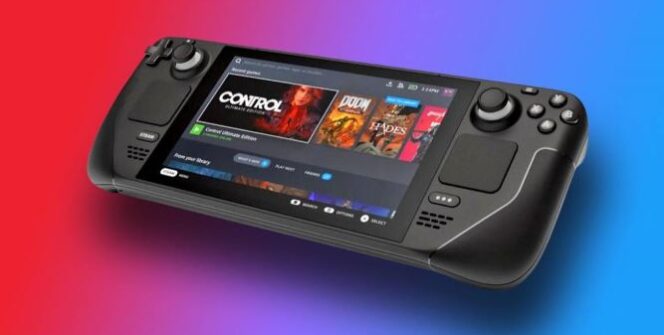

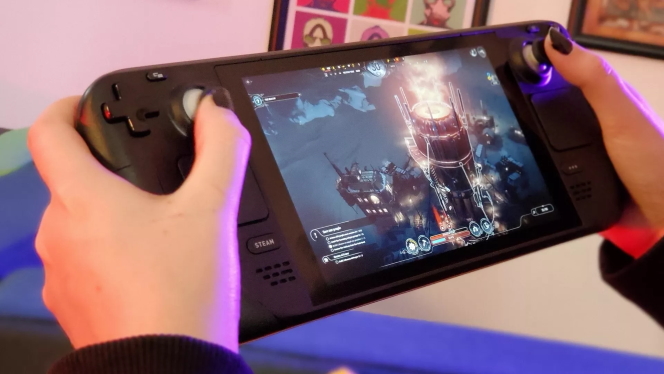
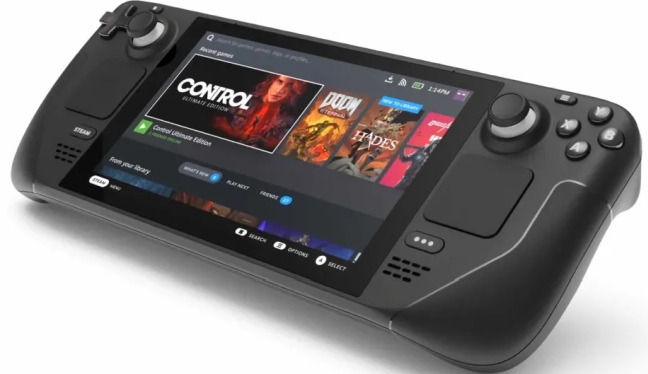
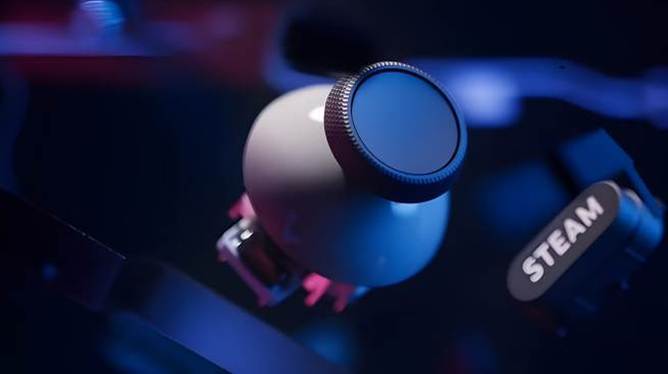

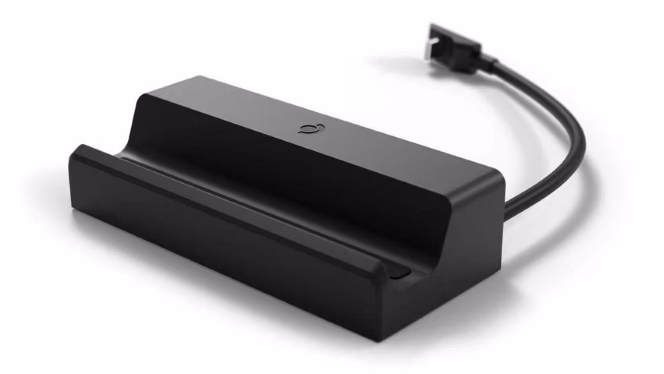
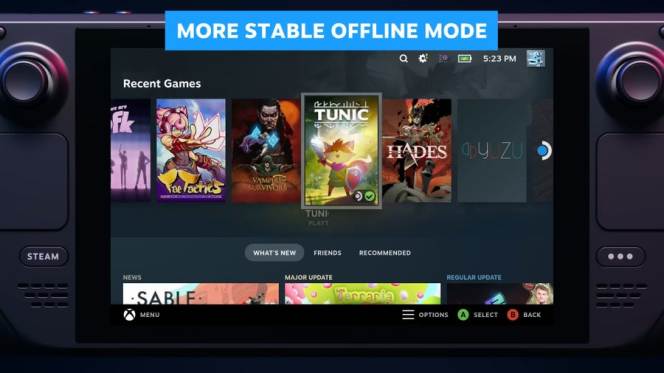
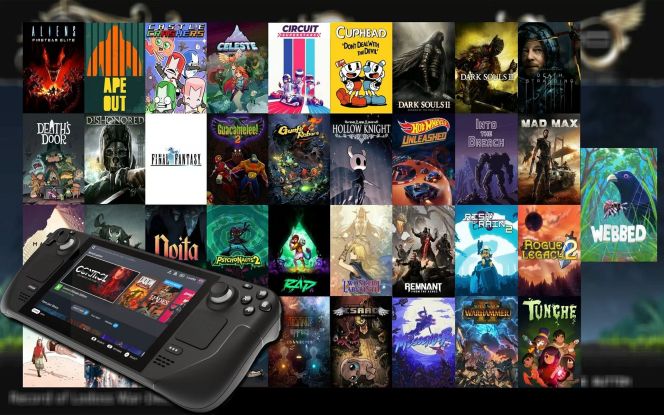


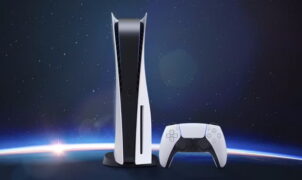


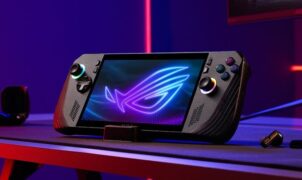









Leave a Reply